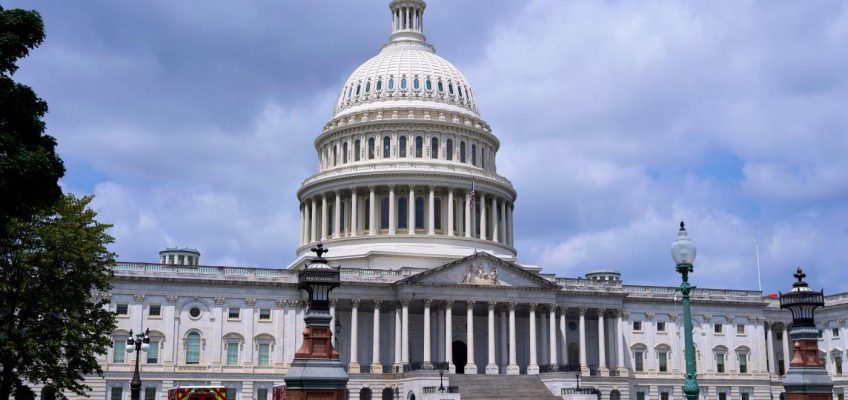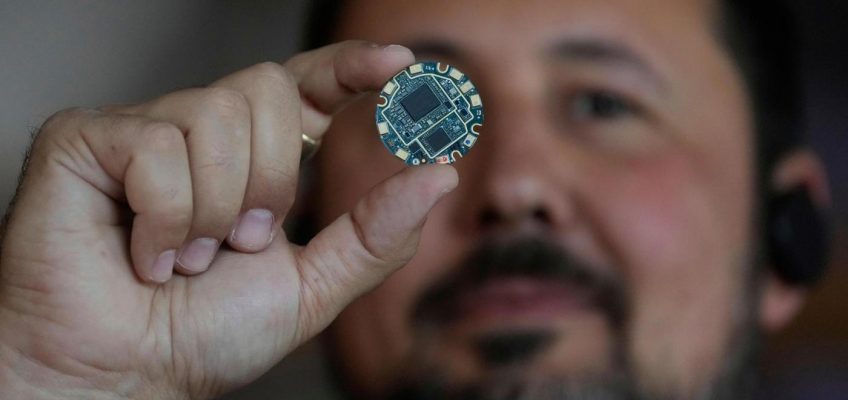Which multicooker is best?
Multicookers are the Swiss Army knife of the kitchen. They can cook countless foods and recipes, from something as simple as plain white rice to something as complex as an all-day slow-cooked pot roast. Some are even advanced enough to include air frying to the list of gizmo-powered cooking.
The best multicooker is the Instant Pot Duo 7-in-1 Multicooker. The Instant Pot name is used interchangeably with multicooker by many people, thanks to its consistently high-caliber offerings. This model is among their best.
What to know before you buy a multicooker
Capacity
Multicookers generally come in capacities between 2 and 8 quarts, with roughly 1 quart needed for each person you intend to feed. Keep in mind you can always cook small batches in large multicookers. If your budget allows it’s best to purchase one with an extra quart or two of capacity to be safe and for weekly meal prepping.
Pressure
Multicookers can be divided into two categories: those with pressure cooking and those without.
Pressure multicookers can cook a wider variety of foods. They use either high or low pressure depending on the recipe, with better slow cookers letting you choose specific pressures rather than just “high” or “low.”
Nonpressure multicookers focus on slow-cooking various types of foods. They’re perfect for making a pot roast one night and rice the next, but their overall options are more limited.
What to look for in a quality multicooker
Programs and presets
The best multicookers offer the most programs and presets. These are one-touch functions that automatically set the cooker’s temperature, pressure and time to perfectly cook the chosen food. The most common presets are various types of rice — including white, brown and multigrain — as well as soup, oatmeal or porridge and meats.
Countdown timer
Your multicooker should include a display that counts down the time left until your food is ready. They should also allow you to set a timer manually if your food doesn’t have a preset. Most multicookers only have timer settings in increments of five minutes, but better models let you set it to the minute.
Delayed start
Advanced multicookers have a delayed start setting. It lets you put everything inside the cooker before you leave for the day and choose a specific time for cooking to begin so you can come home to a fresh, hot and perfectly cooked meal.
This setting should be used with some caution, however. If you’re unsure that anyone will be home when the food is finished cooking, you may want to reconsider the option. Additionally, some foods such as any kind of meat shouldn’t be left out longer than an hour.
How much you can expect to spend on a multicooker
Multicookers typically cost $50-$300. Small models or those with limited features cost roughly $50-$100. Midsized models and those with average features cost roughly $100-$150. Large models and those with every feature cost roughly $150-$300.
Multicooker FAQ
What can a multicooker do?
A. Multicookers live up to the name with most having at least five functions while others can have 10 or more. Some of the most common functions include:
Slow cooking
Pressure cooking
Rice cooking
Steaming
Sauteing
Warming
Air frying
Are multicookers dangerous to use?
A. Like any kitchen appliance that uses high levels of heat, multicookers can be dangerous if used incorrectly. However, most include safety features that mitigate this risk. If your multicooker includes pressure cooking, the most important feature to have is a locking lid to prevent the accidental, unsafe release of pressure. Cheap multicookers with pressure cooking tend not to include this safety measure.
Is it safe to slow-cook foods all day while I’m at work?
A. That depends on what you’re wanting to cook and how you use your multicooker to slow-cook it. Foods that are unsafe to leave out at room temperature include dairy and meat, but if you start the multicooker when you leave and set it to “keep warm” mode after it’s done, it should be safe. However, using a delayed-start mode will not be safe.
What’s the best multicooker to buy?
Top multicooker
Instant Pot Duo 7-in-1 Multicooker
What you need to know: Instant Pot is nearly synonymous with multicookers for a reason.
What you’ll love: The seven functions are rice cooking, yogurt making, pressure cooking, slow cooking, steaming, sautéing and warming. The stainless steel exterior is fingerprint-resistant and the inner pot, rack and lid are all dishwasher-safe. It’s available in 3-, 6- and 8-quart sizes.
What you should consider: Many customers spoke of a steep learning curve to getting everything out of the Instant Pot, but they were pleased with their results.
Top multicooker for the money
Aroma Housewares Rice and Grain Cooker
What you need to know: It’s a good choice if you’re on a strict budget.
What you’ll love: It’s available in 2- and 5-quart sizes. The two-quart size has automatic modes for white and brown rice, risotto, steaming, slow cooking and a timer. The five-quart size adds oatmeal, soup, cake, multigrain rice, egg and reheating functions. It includes a rice measuring cup and spatula.
What you should consider: It has limited functionality compared to most multicookers. Some purchasers reported it having less capacity than advertised. Others had issues with the timer.
Worth checking out
Ninja Combi All-in-One Multicooker
What you need to know: It’s a high-quality, versatile multicooker, though it’s expensive.
What you’ll love: It has 14 different functions, including air frying, baking, steaming, defrosting and more. It’s easy to clean, and the outside of the cooker doesn’t get too hot to touch. It has a 6-cup capacity and features both a cooking bowl and a basket, so you can prepare two dishes simultaneously.
What you should consider: Some people have reported issues with the exterior damaging easily and the controls becoming buggy after extensive use.
Prices listed reflect time and date of publication and are subject to change.
Check out our Daily Deals for the best products at the best prices and sign up here to receive the BestReviews weekly newsletter full of shopping inspo and sales.
BestReviews spends thousands of hours researching, analyzing and testing products to recommend the best picks for most consumers. BestReviews and its newspaper partners may earn a commission if you purchase a product through one of our links.




